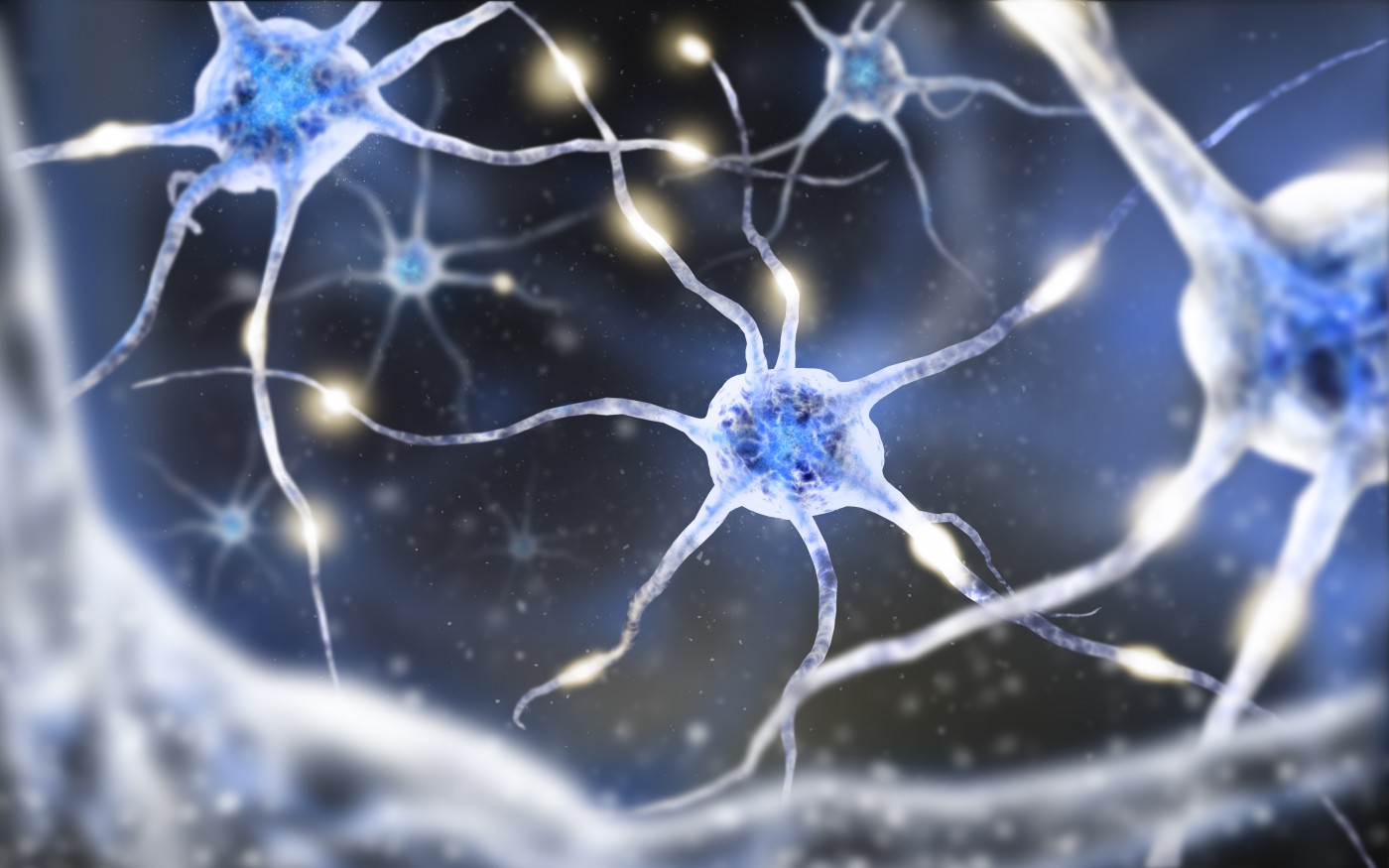New Brain Cell Interaction Study Technique Could Impact MS Research

A study led by researchers from the University of Buffalo recently reported the development of a new method to study brain cell interaction more precisely. The study, published in the journal Nature Communications and entitled “Spatial mapping of juxtacrine axo-glial interactions identifies novel molecules in peripheral myelination,” could impact research into Multiple Sclerosis.
Healthy brain function and cognition is determined by proper interactions between brain cells. The study of these interactions is often quite challenging, however. The scientific community has a particular interest in interactions that trigger the production of myelin, the layer that covers, protects and allows for communication between neurons. Myelin loss can lead to impairment in signal transmission along the nerve fibers, potentially affecting motor function and causing irreversible neurological disability.
The interaction between axons (neurons along which the nerve impulses travel) and glial cells (non-neuronal cells that provide support and protection to neurons) is necessary to trigger myelination (myelin production); however, this interaction is difficult to study and only a few molecules are known to be part of the axo-glial interface.
“Myelin is made by a glial cell wrapping around an axon cell,” explained the study’s lead author Dr. M. Laura Feltri in a news release. “To study myelin, you really need to study both cells. The glial cell wraps like a spiral around the axon, so every time you try to study the region of contact between the two cells, you end up studying the whole combination. It’s very hard to look just at the interface.”
Researchers have developed a new method to study the interface between axons and glial cells. This is an important technical advance, especially relevant to the study of diseases like MS where myelin becomes damaged.
When glia receives signals from axons, it extends projections. In the new technique, the team uses a system with two chambers, one with axons and the other one with glial cells, separated by a membrane. The concept is that axons will attract glial cells, which in turn will extend their projections, creating an axo-glial interface that can be studied in more detail.
RELATED: Mitochondria May Play a Role in MS Development and Progression
“When the cells in the upper chamber ‘recognize’ the cells in the bottom chamber, they kind of ‘reach’ through the holes in the membrane for each other and touch. That is the intersection that we can then isolate and study,” explained Dr. Feltri. “Using this method, we can isolate the portion of a cell that comes in contact with another cell, and analyze all the proteins that are present only in this subcellular fraction, (…) It provides a glimpse into the social life of cells.”
Through the technique, researchers were able to conduct a proteomic analysis (the study of proteins) on the axo-glial interface, and found specific signaling networks and novel proteins, namely the Prohibitin family of proteins. By depleting Prohibitin-2 protein expression in glial cells from mouse models, it was shown that the axo-glial interaction becomes impaired, having in turn a negative impact in the myelination process.
In conclusion, the research team developed a new method to study the axo-glial interface, and identified a novel class of proteins important for myelination. The authors believe their findings will help on the development of new therapeutic strategies for myelin diseases.
“This has profound implications for glial disease like Krabbe’s, Charcot-Marie Tooth, peripheral neuropathies or Multiple Sclerosis, because the dysfunction of glial cells end up impairing the interactions with neurons, which as a result suffer and degenerate causing devastating clinical symptoms,” concluded the study’s first author Dr. Yannick Poitelon. “Similarly, neurodegenerative diseases like Huntington’s disease or Lou Gehrig’s, that were considered uniquely diseases of neurons in the past, are now considered diseases of cellular communications between neurons and glial cells.”






